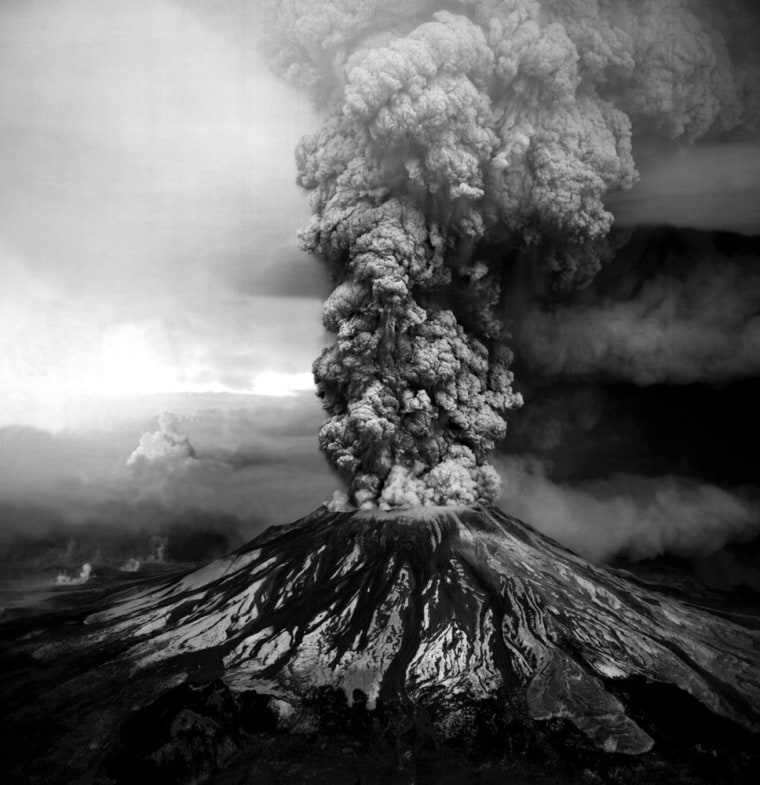Scientists say they have found a new underground trigger for volcanic eruptions that, combined with other monitoring methods, could help predict when one will happen.
By studying volcanic magma, or molten rock, from erupted volcanoes they have determined that it heats itself up as it rises from deep below the surface — which may provide an important trigger for an eruption.
“We developed a novel technique for understanding what went on prior to two eruptions of two active volcanoes,” Professor Jon Blundy of Britain’s University of Bristol said Wednesday at the BA Festival of Science.
“As the magma ascends beneath the volcano prior to an eruption, it crystallizes in response to the drop in pressure and gets hotter at the same time,” he said via a telephone link from Italy.
The scientists studied eruptions of Mount St. Helens in the United States, which killed 57 people when it erupted in 1980, and Shiveluch on the Kamchatka Peninsula in the Russian Far East.
In research published in Thursday's issue of the journal Nature, Blundy and his colleagues Madeleine Humphreys and Kathy Cashman of the University of Oregon showed that the temperature can rise by 100 degrees Celsius (180 degrees Fahrenheit).
To determine just how hot it gets, the researchers analyzed the water content, trace metals and chemical composition of droplets of volcanic liquid, or melt inclusions, encased in crystals in the magma as it makes its way to the surface.
“We analyzed a whole suite of these melt inclusions, and that basically gives us an accurate record of the depth, the temperature and the proportion of crystals in the magma as it is rising to the surface,” Humphreys said.
Scientists usually monitor volcanic activity from the surface, but the latest findings provide new clues about what is happening underground before the eruption.
“Aligned to a range of other techniques, ultimately there is the potential to develop a better link between volcano monitoring and tracking moving magma beneath the surface,” Blundy said.
